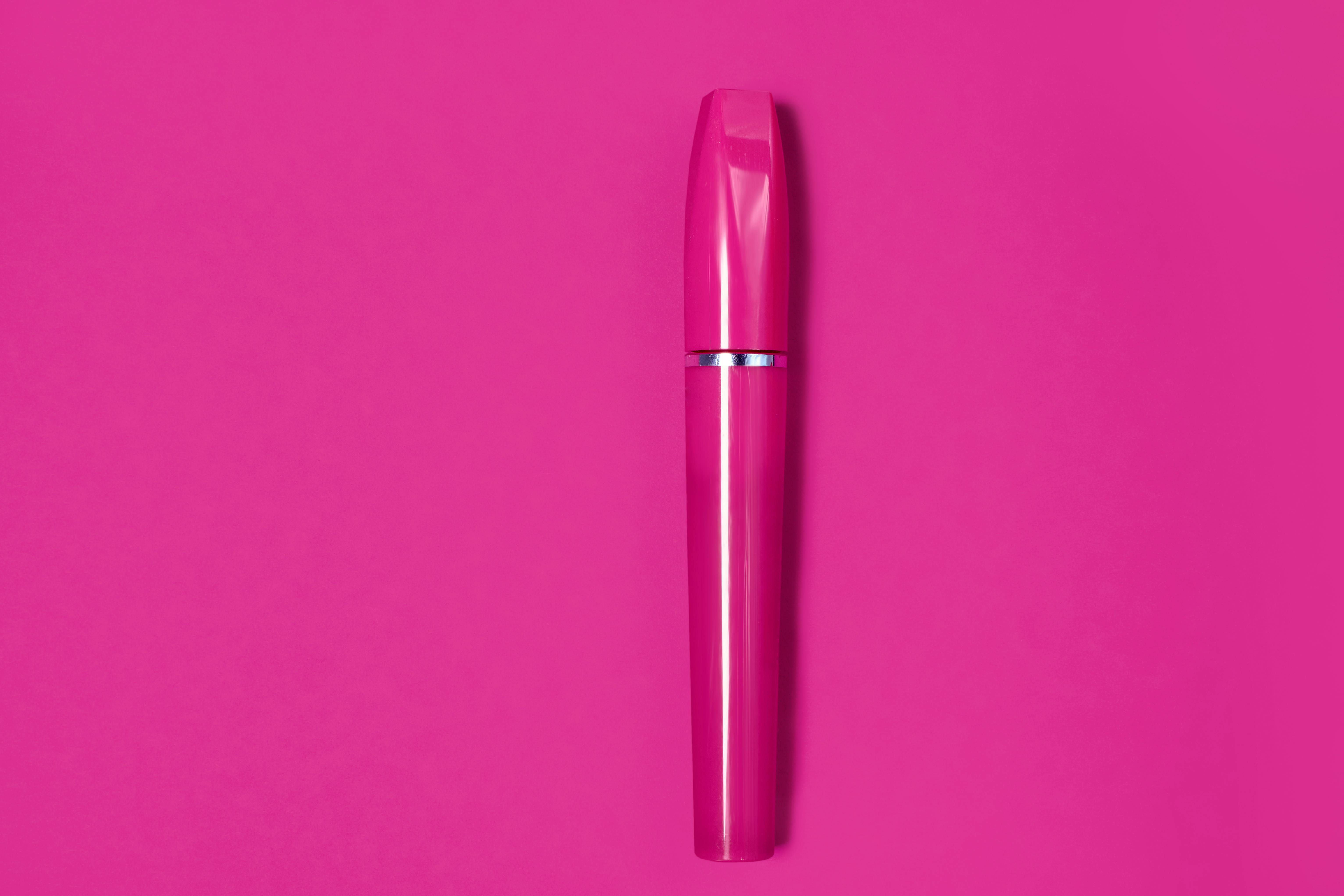
The longer you are in car audio, the more chances you have to install the components yourself. In this basic guide, I will tell you about certain tools and components that you will need to install a car audio amplifier.
Amplifiers can be a bit tricky to install. They require the removal of internal panels and also the routing of wires from the front of the car to the rear or where the car audio amplifier will be mounted.
After purchasing your car audio amplifier, you will need to purchase an amplifier wiring kit. These kits usually contain:
* One power cable (big red cable)
* In-line fuse holder
*RCA set
* a long, thin wire (mostly blue in color) called a remote
* some speaker wires and various wire connectors and wire loom
These kits also come in various sizes or gauges, with 8 and 4 gauge kits being the most common. The smaller the number, the larger the wire. 4 gauge kits will suffice to drive approximately 600-1200 watt amps.
Once you have the car audio amp and amp wiring kit, now it’s time to look under the hood and locate the battery. Once you’ve located the battery, it’s best to unhook it during installation so you don’t short anything out while you’re working. Look around the firewall area on the side where your battery is located and check to see if there is any kind of hole leading into the interior of your vehicle where the power cable could run through. If you can’t find an easily accessible hole, you may need to drill one yourself. If you have to drill one yourself, it’s best to make a small hole at first so you don’t damage any wires in the area. Gradually drill the hole larger with some type of step drill. Once you’ve made the hole, use rubber grommets to make sure the hole is sealed and the metal edges don’t cut into the power cord.
Now that the power cable is routed through the firewall, it’s time to start removing the internal panels for wiring throughout the vehicle. During this process you will connect 3 wires to the car amplifier location. Generally, the amplifier will be in the trunk/hatch area. The first wire will be a red wire (which is the power wire you connected from the vehicle’s battery). Next will be a set of RCA’s and the final wire will be the thin blue wire that we call the remote. In some kits, the remote cable can be built into the RCA’s. The RCA’s are what send the sound or signal to the amplifier and then it is amplified through the speakers. A rule of thumb I generally use when routing cables is to separate the power and RCAs by running the power cable on one side and the RCA on the other. If not done correctly, there is a chance that you could generate some motor noise from inside your speakers. The RCAs will connect to the output on the back of the radio, some CD players will have a set of ‘subwoofer out’ RCA connectors which give you more control over sound quality. Next is the remote wire (usually the thin blue wire) this is the wire that sends the power on signal to the amp when the radio is on. This cable hooks into the remote cable on the back of the CD player. Don’t worry if the cables are too long during this stage of the process, they can be easily trimmed down once you find where you want to put the amp.
Once you’ve run the wires, you can set up your box and amp where it will eventually be permanently installed so you have a reference for how much wire will need to be trimmed. You will also be able to set where your land will go at this time; usually a ground somewhere within a foot of your amp will suffice. Once you’ve located a suitable spot, use some sandpaper to clean the area of any paint so it has a solid connection to the vehicle body. Now you can run all the cables to the amplifier and subwoofers and hide any excess cable to make your setup look more professional.
The final phase is connecting the power cable to the battery and installing the in-line fuse protector. With everything completed, it’s time to turn on your system and make all the adjustments to the levels you feel are appropriate for the type of sound quality you want.